Discover what is a meme and why it’s such an important part of internet culture.
British evolutionary biologist Richard Dawkins explained the concept of memes in his 1976 book The Selfish Gene. He liked them to viral ideas that gain value as they spread. Today, they comprise a blend of new and old concepts, remixes, and derivatives and usually appear online.
Merriam-Webster defines the word meme as “an amusing or interesting item (such as a captioned picture or video) or genre of items that is spread widely online, especially through social media.”
As an integral part of internet culture, memes are finding their way into the realm of NFTs, where their catchy, memorable, and recognizable nature makes them highly desirable. Arguably, a good meme is a fun collectible for the digital age!
Table of Contents
What Does a Meme Do?

American sociologist Aaron Lynch was an expert in memetics or the study of memes. He described them are units of cultural evolution and transmission. Like genes in biology, they propagate and spread through social interactions thanks to the following characteristics:
Fecundity: Memes that produce many copies are more likely to succeed. Those with this trait are simple to understand, catchy, or relatable.
Longevity: Memes can succeed if they can persist over time. Memes with this trait are adaptable, relevant, or universal.
Fidelity: Memes faithful to their source material. They are authentic, credible, and resonant.
Replication: Memes that people can accurately and faithfully copy are more likely to be successful. They are easy to understand and recognizable.
Famous Historical Memes
Memes are more than fads. The concept has existed for decades. The best historical memes display all the above traits but excel at longevity. Otherwise, we wouldn’t remember or use them! Many of today’s memes come from older historical images that predate the internet.
Expectations Versus Reality
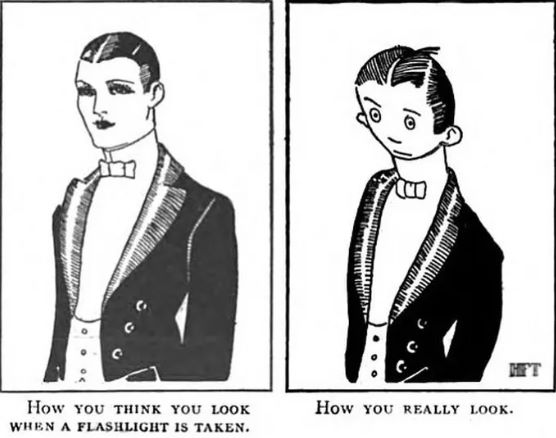
Meme historians credit this 1921 cartoon from Judge Magazine as the world’s earliest meme. It’s a play on a popular meme format: expectations versus reality. However, the BBC found a 1919-1920 cartoon in the Wisconsin Octopus magazine.
It also used the Expectations versus reality format from 1919 or 1920.
Kilroy was here

The Kilroy was here meme originated during World War II. It’s a cartoon drawing of a bald man with a long nose peeking over a wall or fence, accompanied by the phrase “Kilroy was here.”
American soldiers used this meme to boost morale during the war. The image and phrase became a popular graffiti tag throughout Europe and Asia. It’s an excellent example of how the cultural evolution of a meme can blur its origins.
This meme and phrase appear regularly in popular culture today, including comic books, movies, and music.
Beatles Abbey Road
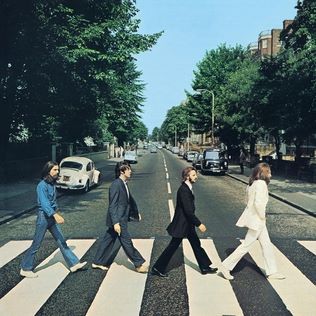
The Abbey Road meme is an iconic 1969 photograph of the Beatles taken by photographer Iain Macmillan for their album cover. It features the four Beatles members walking across a zebra crossing on Abbey Road, with John Lennon leading the way, followed by Ringo Starr, Paul McCartney, and George Harrison.
Contemporary Memes
Often, politicians, change makers, and those in the media knowingly or accidentally rely on memes for the cultural transmission of ideas. Here are some noted examples from the meme pool.
Obama’s HOPE poster
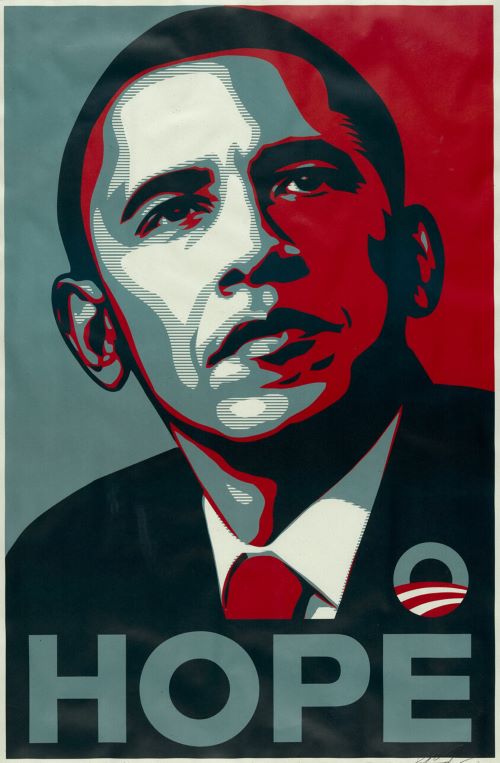
Artist Shepard Fairey created the HOPE poster of President Barack Obama during the 2008 presidential campaign. The meme features a stylized portrait of Obama in white, red, and blue, with the word “HOPE” written underneath.
The poster became a meme due to its widespread use on the street, social networks, and pop culture during that election. The HOPE poster has been remixed and parodied countless times, with variations featuring different politicians, celebrities, and even fictional characters.
Trump MAGA Red Hat
Donald Trump’s red “Make America Great Again” is a viral meme associated with his political brand and persona. At first, many criticised the hat as a fad. However, the iconic red hat and white letter slogan symbolizes Trump’s supporters and their MAGA belief system.
Pepe The Frog
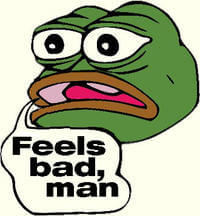
Pepe the Frog became an internet meme on platforms like 4chan, Reddit, and Tumblr. Users shared the frog with various emotions and quotes, and altered versions like “Sad Frog” and “Smug Frog” became well-known. The Pepe meme was initially associated with relaxation and positive emotions, leading to variations and the phrase “Feels good, man.”
Later, Pepe became associated with video gaming, anime, politics, and other subcultures.
Pink Wojak
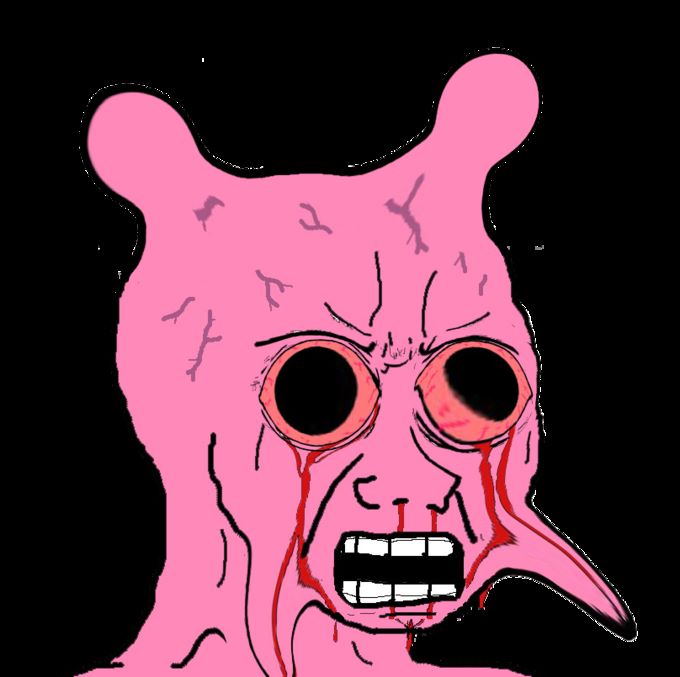
Pink Wojak is a pink-tinted variation of the character Wojak depicted with bleeding eyes. This meme represents those who invested heavily in cryptocurrency or NFTs that are facing an imminent crash in value.
Dancing Baby

The Dancing Baby meme originated from a 1996 computer-animated video clip featuring a 3D-animated baby dancing to Hooked on a Feeling. The video became viral via email and continued to be remixed and adapted, leading to its iconic status in early internet culture.
Grumpy Cat
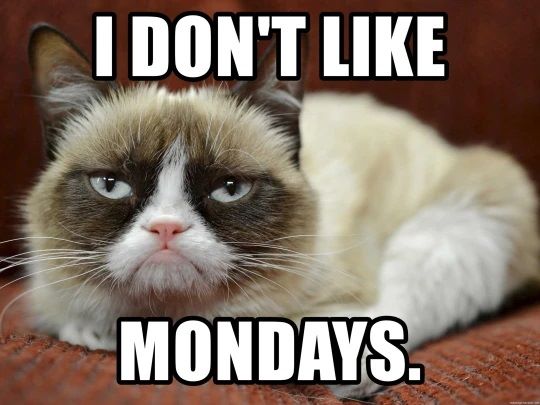
The Grumpy Cat meme originated in 2012. A photo of a cat with a displeased facial expression went viral on social networks. Tardar Sauce became widely known as Grumpy Cat due to her frowning expression. Social media users on Facebook and Reddit began adding captions and funny phrases to it, creating a meme.
Tardar Sauce passed away in 2019 at the age of 7 due to complications from a urinary tract infection.
What is An NFT Meme?
An NFT meme basically describes a non-fungible token that displays all the characteristics of a traditional meme, except ownership is verifiable on the blockchain. It’s an instantly recognizable and shareable digital asset that people can buy and sell on NFT marketplaces. Some creators use memes to spread cultural ideas about Web 3 and the NFT space.
NFT Meme Projects
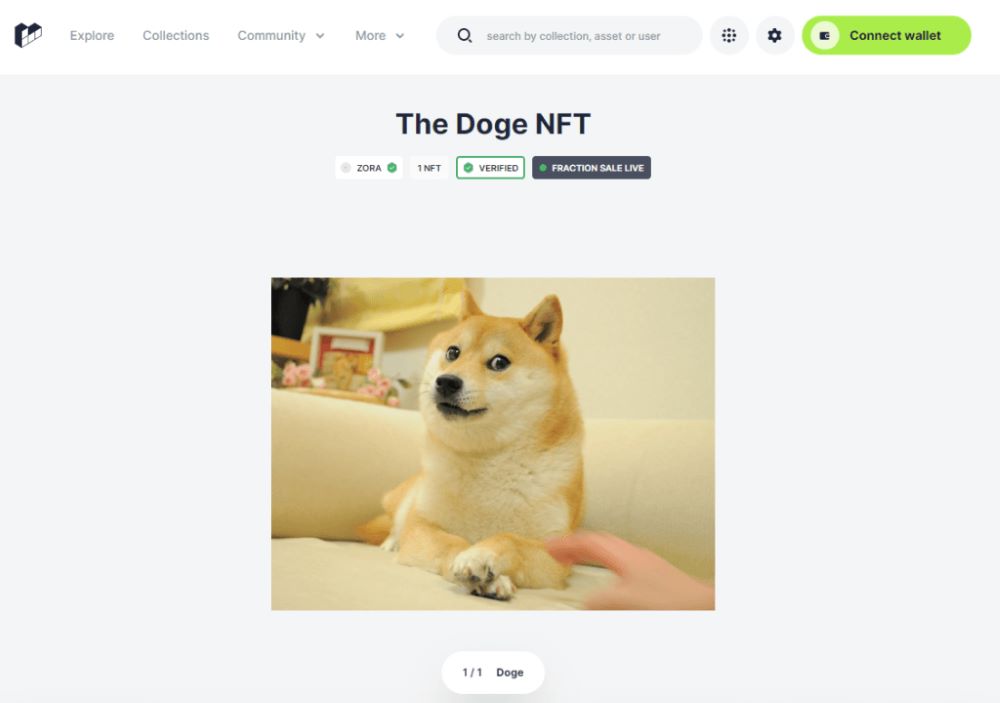
Many of the internet’s best memes are also NFT memes. Here are some examples of old and new memes making their way onto the blockchain:
Doge NFT
The surprised Shiba Inu dog named Kabosu is one of the most used photos in the world. When owner Atsuko took the photo in 2010, the internet loved the accidental expression of the dog that later became a sensation as the face of the cryptocurrency Dogecoin, which even Elon Musk supported.
Doge NFT was sold for over 4 million dollars as ERC-721 non-fungible token making it the highest-priced NFT on our list. Today, the Doge NFT is fractionalized on Fractional. Art and represented by billions of ERC-20 tokens, so users on the Ethereum blockchain can own the DOG token for less than $1.
Nyan cat
Chris Torres created Nyan cat in 2011, depicting a pop tart cat with a rainbow shooting from its ass. Chris took inspiration for his real cat, Marty, a Russian blue. He used Adobe Fireworks to create Nyan Cat. This fun GIF and meme sold as NFT in February 2021 for over half a million dollars.
Disaster girl

A unique expression by Zoe Roth while a fire burning in the background became a viral internet meme in 2005. Even though the scene was a firefighter practice, the smirk within the burning chaos earned her the nickname “Disaster Girl.” When the amateur photographer or mom put the image online after winning a photography contest in 2008, it went viral.
The NFT of the Disaster Girl sold in April of 2021 was one of the most expensive memes on the market, and the profit of over half a million went to charities and student loans. Roth’s family retained the copyright and receive 10 percent of future sales.
RarePepe
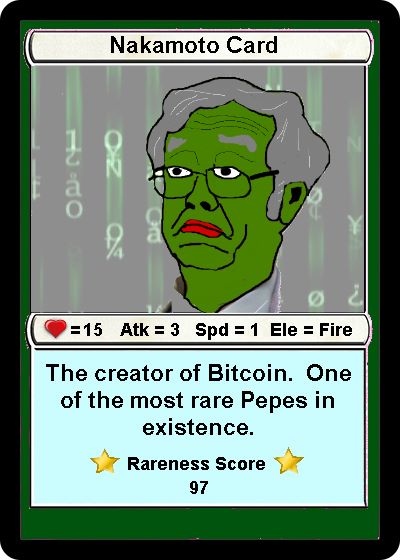
In 2016, Pepe the Frog appeared as the NFT project RarePepes on Counterparty – an open-source protocol built on top of Bitcoin. A type of collectible card project, it predated the popularity of Ethereum NFTs. It’s also the most noted example of a successful meme that became a bluechip NFT project.
Various artists collaborated to create the Pepe cards between 2016 and 2018, creating 1,774 NFTs comprising a series of 36. The first card pays homage to Satoshi Nakamoto, the Bitcoin creator. Three hundred of these Nakamoto Cards exist. Holding way grants the owner access to the 300 Club.
In 2021 one of these NFTS, PEPENOPOULOS, 2016, sold for $3.6 million at a Sotheby’s auction. Satoshi Nakamoto (a Pepe inspired by the Bitcoin creator) and a Pepeair (A Michael Jordan-inspired Pepe) sold for $240,000 and $520,000.
At a January 2018 auction held in New York City, a Homer Simpson Rare Pepe famously sold for $39,000. It was the first digital art auction ever. Many criticized the buyer, Peter Kell, for such an expensive purchase.
However, Kell had the last laugh when he sold the Homer Pepe for $312,000 in 2021.
The Meme Cards
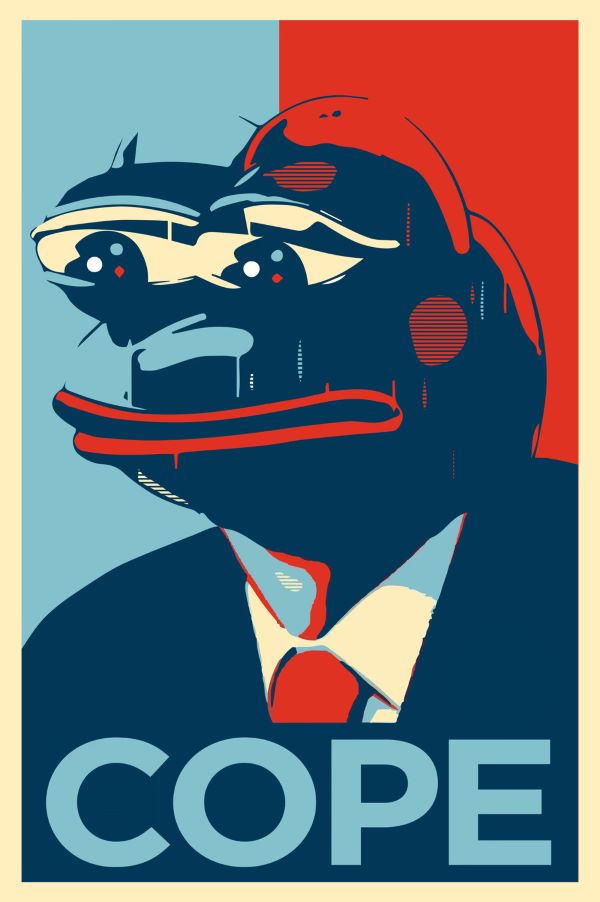
The Memes by 6529 is somewhat similar to the Rare Pepes NFT project. The project is harnessing memes to raise the profile of NFTs and the open, decentralized web. It leans heavily into memes, clichés, and imagery from Web 3.0, including Pepe.
The project is an excellent example of an NFT meme with copying-fidelity. Its artists have used memes, including Pepe the frog, for several drops and releases, including Greedy Morning, Chained in the Sky, and Cope.
Memeland
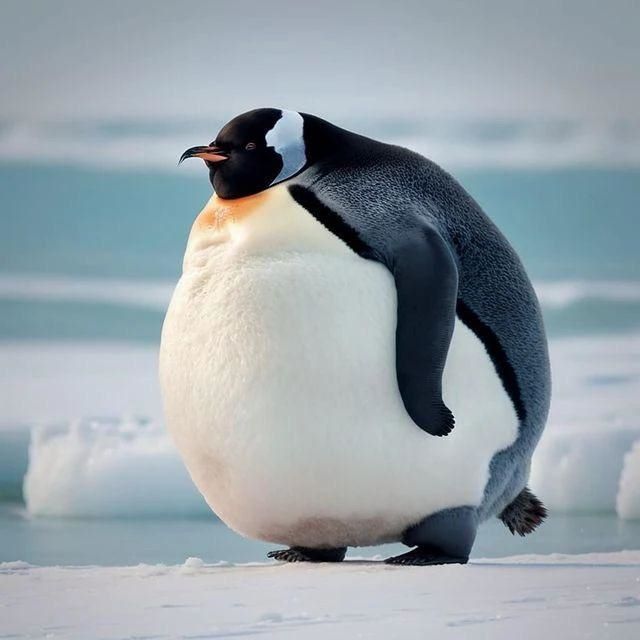
Hong Kong businessman Ray Chan is the founder and CEO of Memeland. It currently comprises 3 NFT collections: the Potatoz, the Captains, and You the Real MVP. Chan says the goal of the Memeland ecosystem is to support creators rather than generate financial incentives.
Outside of the NFT space, Chan is better known as the founder of 9GAG. Founded in 2008, it’s a Hong Kong-based social media platform for sharing viral memes. One of the best resources for learning about the history of these images and GIFs that form such an integral part of Internet culture is Know Your Meme.
If you like this article, check out our guide to memes about NFTs.

